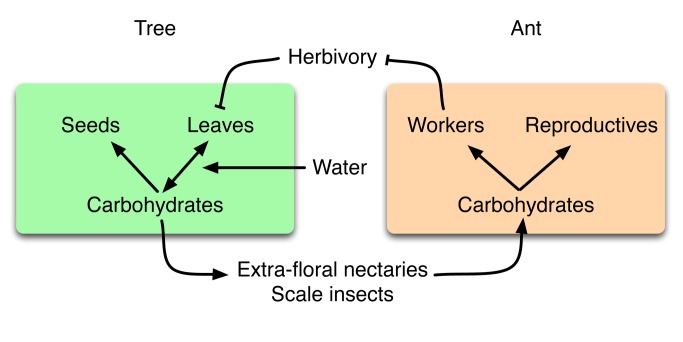Figure 1. Schematic of relationships among water, carbon, and mutualistic carbohydrate allocation strategies.
Trees and protective ants engage in an indirect exchange of carbon. Trees produce carbohydrates by photosynthesis and use them for growth, reproduction, and to support the scale insects that feed the defending ant colony. Water is necessary for trees to produce leaves and affects the efficiency with which leaves produce carbohydrates. Ants use carbohydrates to make sterile workers and reproductives. Workers defend the tree leaves from herbivory, and thereby protect the carbon source. Arrows denote positive effects; lines that end in Ts denote negative effects. In this study, we examine these relationships to test whether water stress leads to carbon stress and thereby increases the strength of the ant–plant mutualism.

